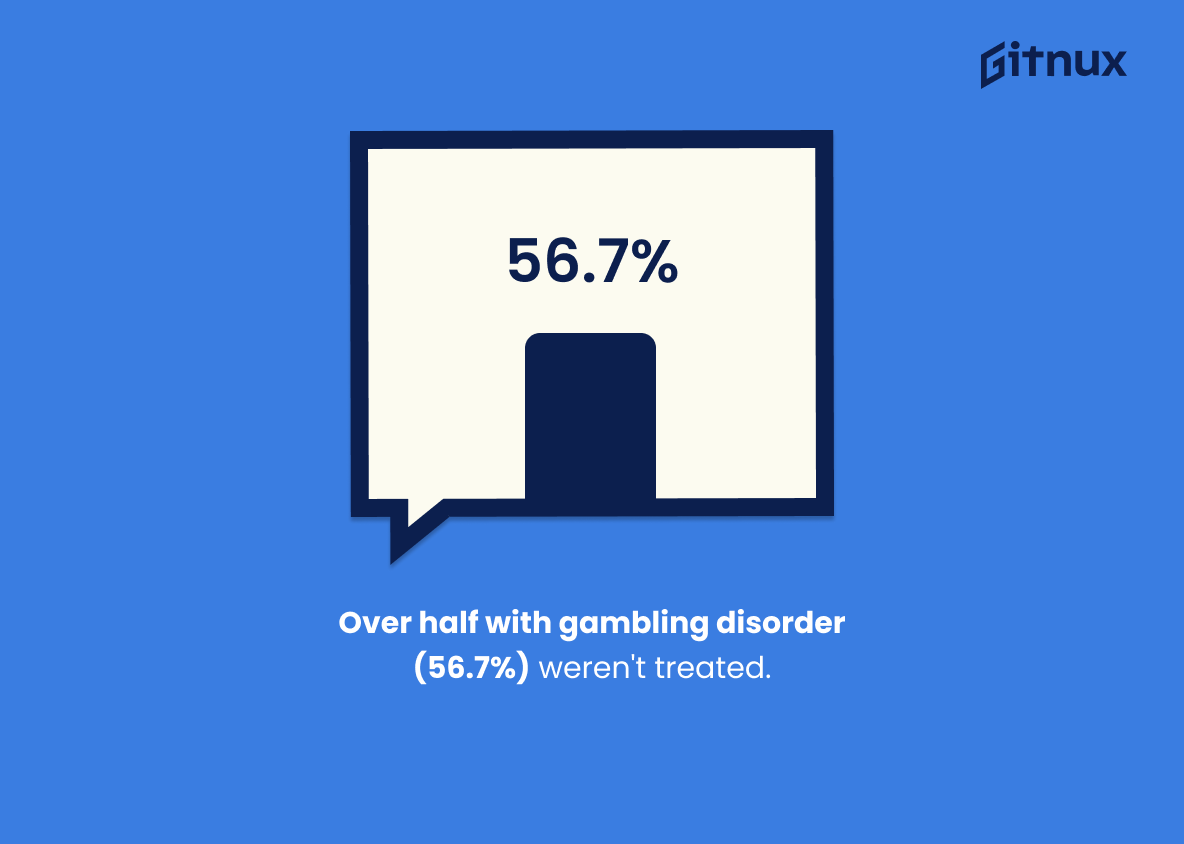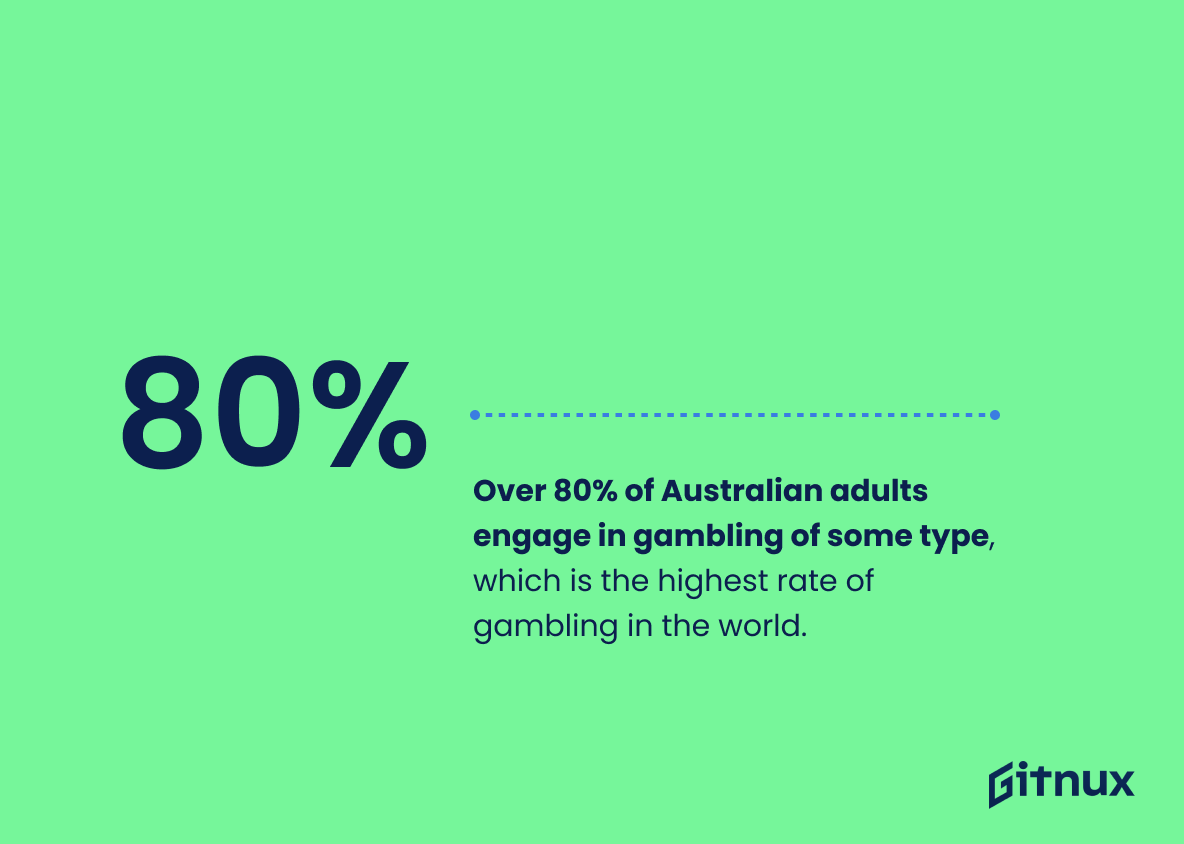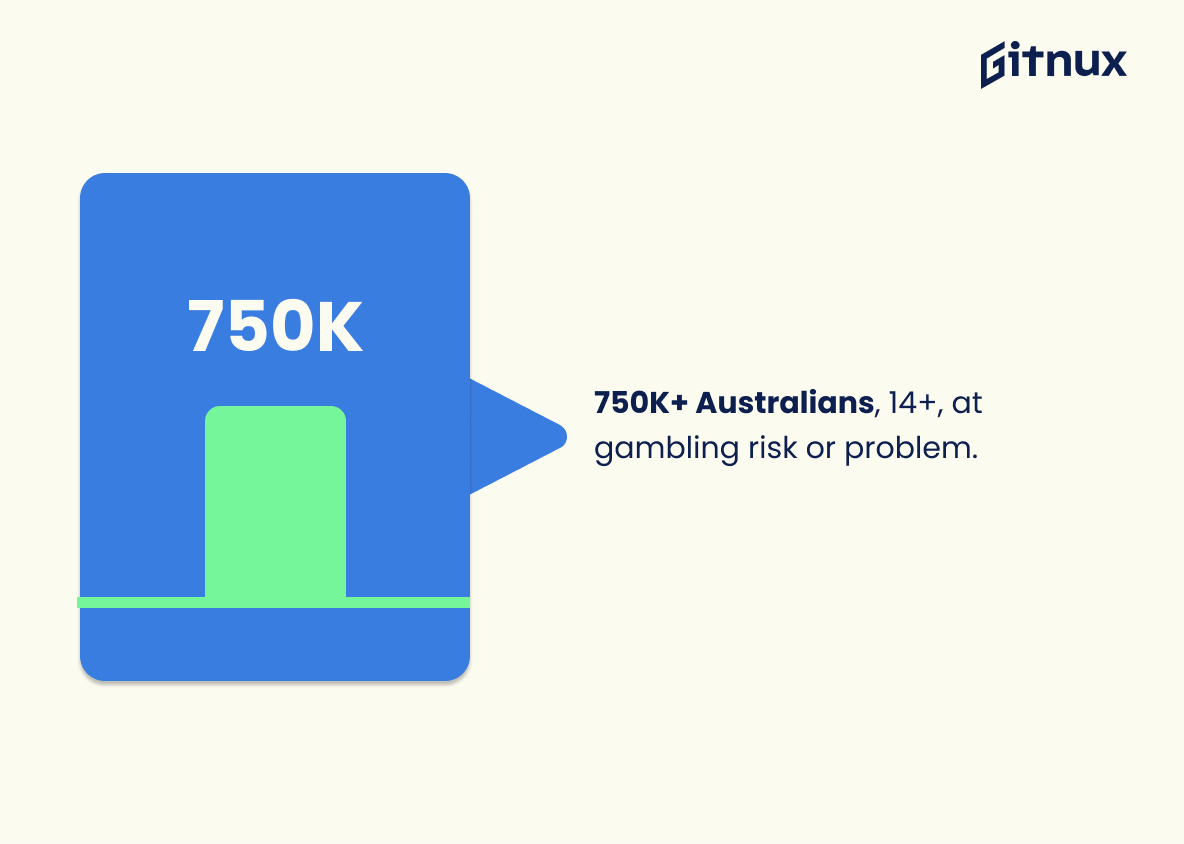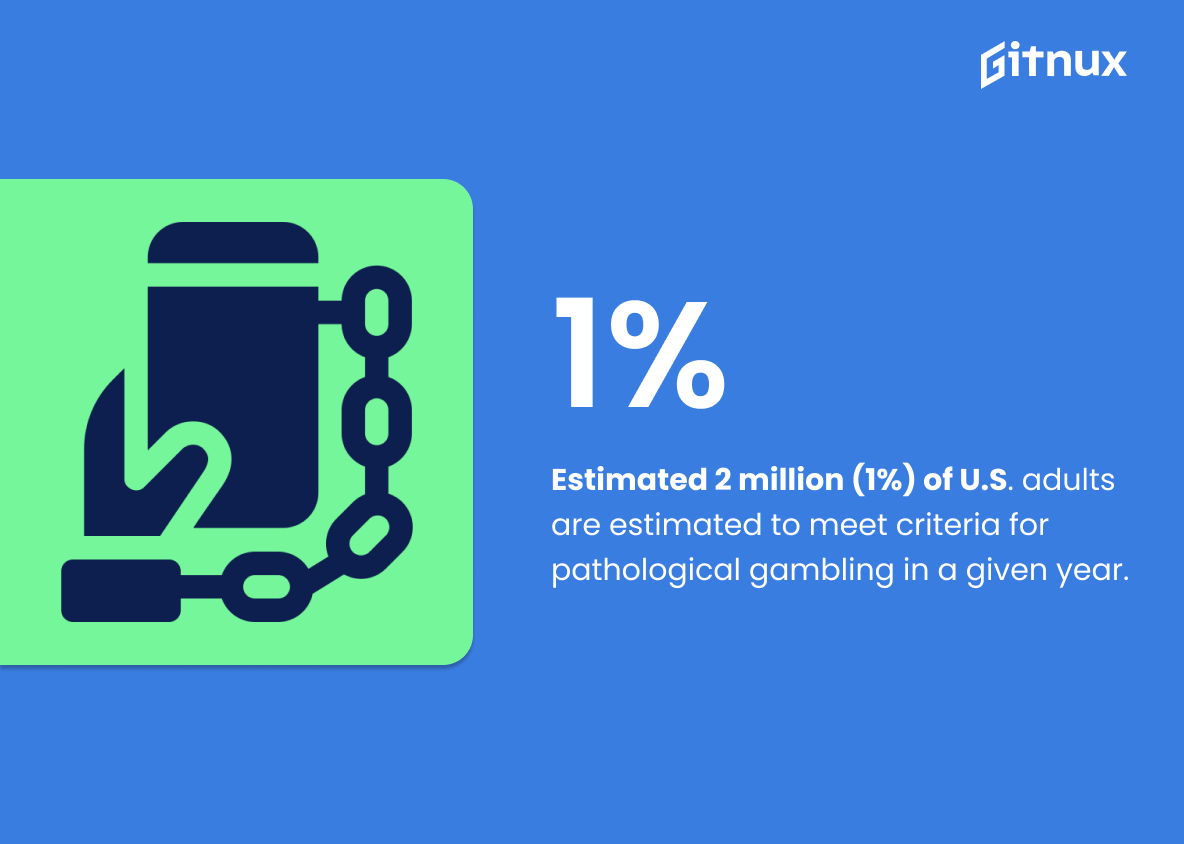Gambling can be a thrilling pastime, offering both anticipation and excitement, but for a staggering number of individuals, it morphs into an overpowering addiction that shackles their life. Our society often paints gambling as a harmless diversion, but gambling addiction statistics tell a different story. With its detrimental impact on both mental and physical health, and its ability to wreck personal and professional relationships, escalating gambling habits can spiral out of control before one is even aware. In this blog post, we dive deep into the stark world of gambling addiction statistics, revealing startling truths and an often overlooked reality. Our exploration may just change the way you perceive this seemingly harmless hobby.
The Latest Gambling Addiction Statistics Unveiled
Around 10 to 15% of people with a substance disorder also have a gambling problem.
Highlighting the statistic – ‘Around 10 to 15% of people with a substance disorder also have a gambling problem,’— depicts an important crossover between two serious issues: substance misuse and gambling addiction. Delving into a dual storyline, it portrays the intricate web of how one addiction can feed another. Beyond standalone statistics, these numbers convey the urgent necessity for integrated treatment approaches able to counteract both issues concurrently. Hence, in a blog post about Gambling Addiction Statistics, this nugget of information is a pivotal perspective, revealing the often overlooked correlation, possibly sparking conversations on comprehensive solutions.
More than half of individuals with gambling disorder (56.7%) were not being treated for their gambling problem.
Highlighting the startling fact that 56.7% of individuals with a gambling disorder are not receiving treatment, underscores a significant predicament present in our society. Neglecting such a prevalent issue casts a harsh light on the loopholes in our healthcare system and awareness drives. Red flags are raised when we ponder upon this grim scenario, as addiction left untreated, can foster an environment of tumultuous mental, emotional, and financials struggles. Unveiling these disquieting numbers in a blog about Gambling Addiction Statistics could serve as a wake-up call for policymakers, healthcare systems, and society at large, prompting them to seek better solutions. This snippet of reality enhances the gravity and urgency of the situation, driving home the crucial need for heightened awareness, structured interventions, and accessible treatment options for those wrestling with gambling addiction.
Over 80% of Australian adults engage in gambling of some type, which is the highest rate of gambling in the world.
Delving into a captivating global perspective, an astounding fact places Australia as leading the world in active participation in gambling, with over 80% of their adult population indulging in some form of gambling. This revelation spells a significant highlight of the story. Reflecting on this fact, it accentuates the prominence of gambling within Australia’s cultural space, indicating that a considerable scale of the populace is potentially at risk of gambling addiction. The magnitude of this participation hint at the crucial importance of having well-structured support systems in place to tackle possible addiction scenarios. This richness in statistical information remains a pivotal reference in our understanding and discourse on gambling addiction statistics globally. As such, it underscores the scale and complexities of gambling behaviors, making it a substantial talking point.
Over 750,000 people aged 14 and over are at risk of, or already experiencing, a gambling-related problem in Australia.
Unveiling the shrouded narrative about the prevalence of gambling addiction, our spotlight falls on the strikingly high number, particularly over 750,000 individuals above 14 years enduring possible risk or existing predicament associated with gambling in Australia. This shocking revelation serves as both a clarion call and a focal point in the voyage of confronting gambling addiction challenges.
This figure paints an urgent picture of the widespread issue, subtlety demanding immediate concerted efforts towards strategizing effective preventive approaches. It delineates the immense influence of the gambling culture, extending its claws even to the youthful population, a demographic that is often expected to be insulated from such pitfalls.
Additionally, it provides a quantifiable perspective, enabling us to measure and track the scope and intensity of gambling addiction over time and understand its correlation with related social problems such as debt, mental health issues, and breakdown of family relationships.
This statistic also acts as a powerful argument for policy reforms, risk assessment measures in the gambling industry, and investment in supportive services for those grappling with gambling problems. Its inherent potential to spark up a profound and insightful conversation on the true societal price we pay for overlooking such issues is, without a doubt, immeasurable. Thus, this statistic underscores the monumental task lying ahead in mitigating the consequences of gambling addiction.
It is estimated that illegal sports betting is a $150 billion industry in the US.
Highlighting the staggering estimate of a $150 billion dollar illegal sports betting industry in the United States provides a sobering illumination into the silent but ominous shadow of gambling addiction. An industry of such immense scale, lurking in the gray area of legality, undeniably gives rise to concerns about unchecked and unaddressed gambling problems. Without regulation or oversight, these underground dealings can pull susceptible individuals into a vortex of addiction, without as much a safety net to catch them. Thus, this unnerving statistic serves as a poignant reminder of the depth and complexity of the gambling addiction issue in our society.
Estimated 2 million (1%) of U.S. adults are estimated to meet criteria for pathological gambling in a given year.
Diving into the heart of gambling addiction, a chilling revelation unfolds – the existence of an estimated 2 million (1%) of U.S. adults who meet the criteria for pathological gambling within annually revolving periods. These numbers serve as a stark reminder of the magnitude of the issue and frame the urgency of the blog post about Gambling Addiction Statistics. They draw our attention towards a quiet epidemic that might be largely invisible on the surface, but pulses powerfully beneath. This haunting statistic strikes the right chords in highlighting the nerve-wracking reality of gambling addiction, its widespread reach, and implicitly, the need for effective interventions and preventative measures. The flashing spotlight on these 2 million lives ensnared in pathological gambling amplifies the gravity of the problem, making the readers stop, think, and, hopefully, act.
Conclusion
In essence, gambling addiction is a burgeoning problem with a significant statistical footprint. It affects an individual’s physical, psychological, and financial health, and extends its impact to society as a whole. The statistics presented paint a vivid picture of the prevalence and destructive potential of such addiction. Through understanding these numbers and acknowledging the facts, we can unite in devising strategies, policies, and support systems to aid those afflicted and curb the burgeoning rates. The fight against gambling addiction is indeed a collective responsibility. We must remember that the journey towards healing starts with awareness and a better comprehension of the stakes involved.
References
0. – https://www.www.ncbi.nlm.nih.gov
1. – https://www.www.mhc.wa.gov.au
2. – https://www.www.ncpgambling.org
3. – https://www.aifs.gov.au
4. – https://www.www.americangaming.org






